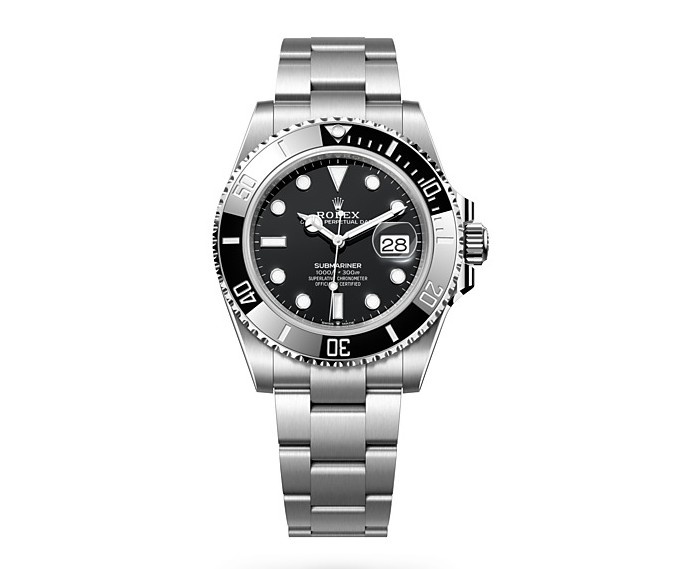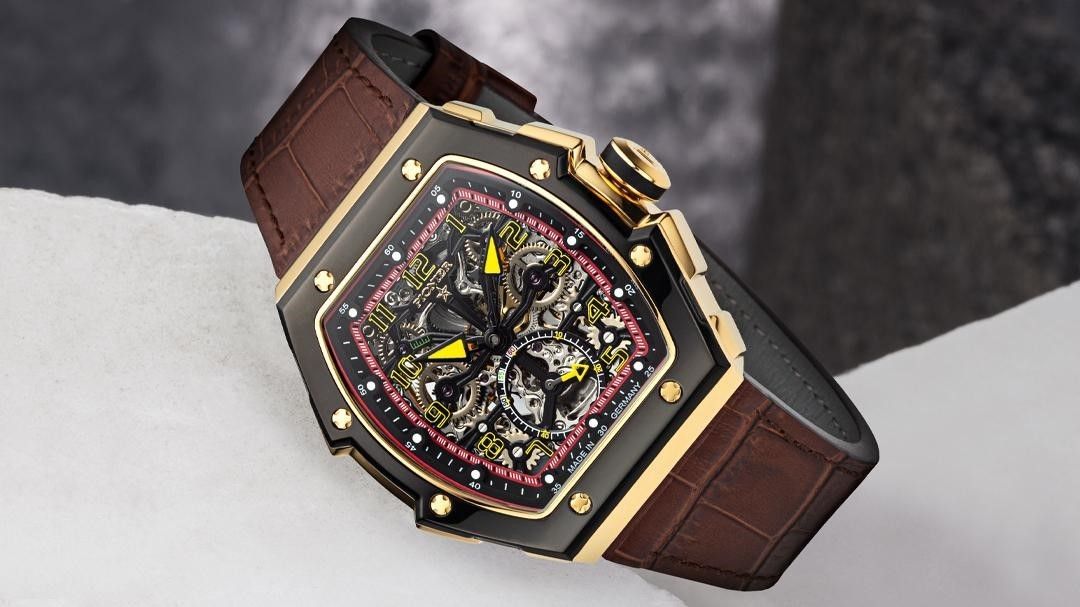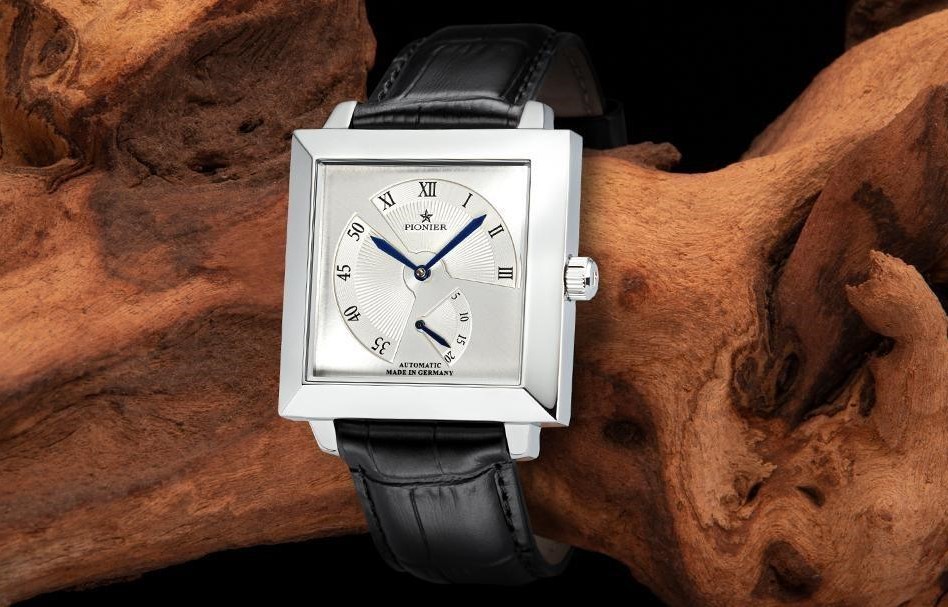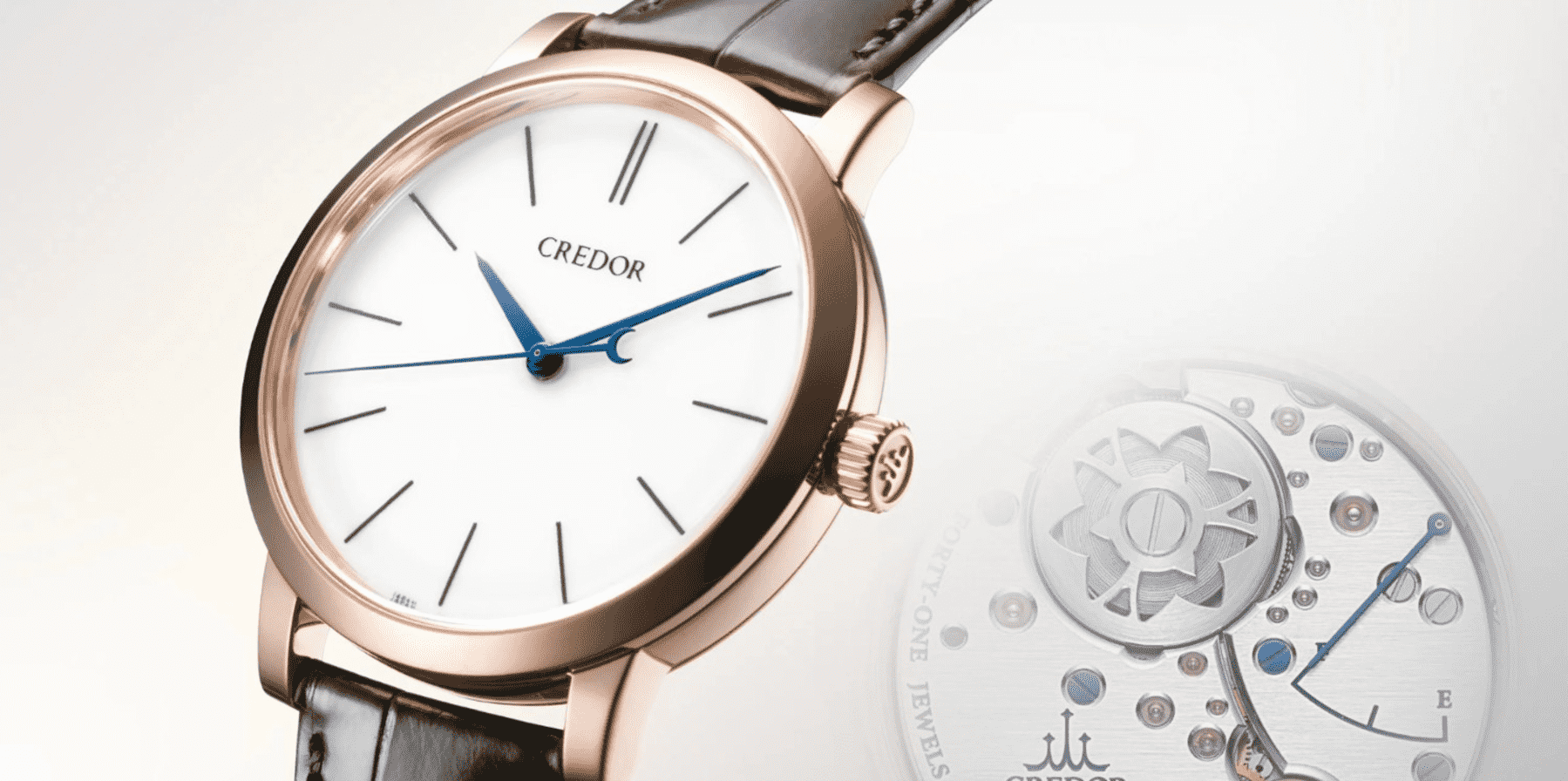
Credor Eichi II In-Depth Review
When I stumbled upon the Shinshu watch studio in Shiojiri, Japan, where Grand Seiko resides, I was captivated to learn about the Micro Artist Studio housed within. This exceptional studio comprises a team of highly skilled artisans who go beyond the brand’s usual offerings to create exceptionally lavish timepieces.
One remarkable creation to emerge from this studio is the Credor Eichi II. Although Credor is classified as a Japanese domestic brand, its watches are crafted by the same skilled artisans who manufacture Grand Seiko timepieces. At first glance, this 18k rose gold watch exudes an elegant aura with its understated design. However, upon closer inspection, one is astounded by the intricate details that surpass even the meticulous craftsmanship found in Grand Seiko watches.
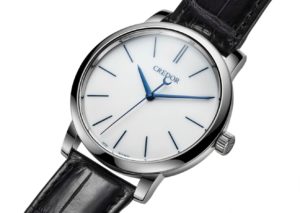
The Dial
Let’s take a closer examination of the dial, shall we? At first glance, it may seem simple, but appearances can be deceiving. This particular dial is crafted from Noritake porcelain, and only a singular watchmaker in Japan possesses the remarkable skill set required to create it. Even with their expertise, the majority of these dials fail to meet the standards for final production due to the immense difficulty involved in their making.
Now, you might assume that the hour markers are merely printed-on blue lines, but once again, you would be mistaken. These astonishingly precise lines are meticulously hand-painted by a master craftsman at the esteemed Micro Artist Studio. Personally, I am not well-versed in painting, drawing, or even hand-writing, but I can barely fathom the level of precision demanded to execute such hour markers.
This is all truly remarkable, but akin to the captivating allure of a favorite infomercial, there is more to behold! The Credor emblem situated below the 12 o’clock position is also delicately hand-painted. Additionally, the tiny text located at the bottom of the dial, denoting the caliber and country of origin, is somehow accomplished through the same painstaking process of hand-painting. It is an absolute mind-blowing feat.
Once you have finished marveling at the dial for a few hours, I implore you to turn the watch over to reveal the flawlessly finished and marvelously intricate Caliber 7R14. The exploration of this masterfully crafted movement is bound to occupy a substantial portion of your afternoon.
The Caliber 7R14 is a true work of art in terms of its impeccable finishing. No matter how closely you examine it with a macro lens, not a single flaw will emerge. Should you happen to notice any imperfection in the accompanying video, rest assured it is either a minuscule speck of dust upon the crystal’s surface or an indication that my camera sensor is overdue for a cleaning.
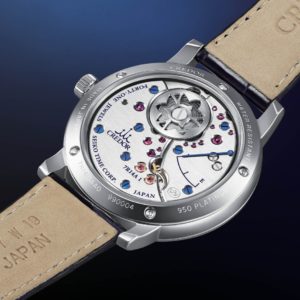
The Movement
Moreover, the manually wound Caliber 7R14 not only possesses exquisite beauty, but also boasts impressive technological prowess. It harnesses the power of Grand Seiko’s exclusive Spring Drive technology, seamlessly integrating the finest attributes of mechanical and electronic movements to bestow unrivaled accuracy upon its timepieces. Attempt to name a mechanical dress watch under $50,000, or even under an astronomical sum like $50 gazillion, that provides a 60-hour power reserve and maintains precision within +1/-1 second per day. Take your time; I’ll patiently wait. Still waiting. Regrettably, no such watch exists, except for another remarkable creation by Credor or Grand Seiko featuring a Spring Drive movement.
Let me clarify that accuracy is not the sole factor to consider. I comprehend the allure of an aesthetically pleasing watch with character or a rich history tracing back centuries in terms of movement technology. However, when it comes to mechanical watch accuracy, Spring Drive movements represent the epitome of excellence.
Final Notes
In my humble opinion, the Credor Eichi II deserves a moment of admiration. When considering its price, it becomes quite challenging to find another timepiece that offers such a remarkable combination of features. I fully acknowledge that personal taste plays a significant role, and it’s perfectly acceptable if someone doesn’t resonate with its style. After all, aesthetic preferences are subjective. However, one cannot overlook the undeniable artistry involved in the creation of this watch. Whether you find yourself infatuated with it or not (although it’s hard to imagine anyone disliking it), there is a certain level of appreciation owed to this exceptional and world-renowned masterpiece.

